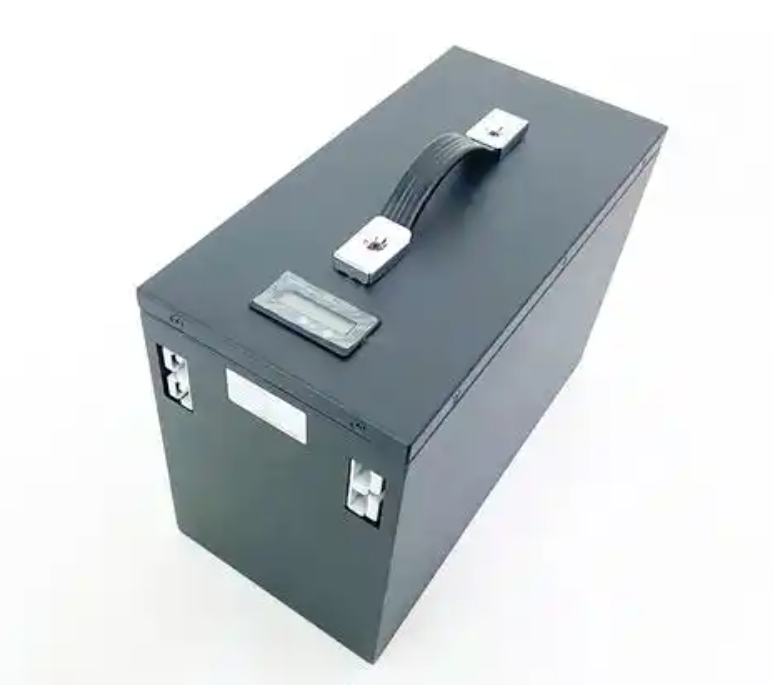Current status and improvement strategies for lithium battery energy density
- 墙体涂鸦资讯
- 时间:2025-03-14 17:24:25
- 320人已阅读
With the rapid development of electric vehicles and portable electronic devices, the requirements for the energy density of lithium batteries are increasing. High energy density means longer battery life and smaller equipment volume, which is crucial to promoting the popularization of new energy technologies. This paper first analyzes the current status of lithium battery energy density, and then discusses several effective strategies to improve the energy density of lithium battery.
As a highly efficient energy storage device, lithium batteries are widely used in various fields due to their high energy density and good cycle stability. However, with the continuous growth of market demand and technological advancement, the energy density of existing lithium batteries is no longer able to meet future development requirements. Therefore, how to further improve the energy density of lithium batteries has become a hot topic in research.
At present, the energy density of commercial lithium-ion batteries is about 150 to 250 Wh/kg. Although new battery technologies such as solid-state batteries can theoretically achieve higher energy density, they have not yet achieved large-scale commercialization due to problems such as material costs, manufacturing processes and safety.
 Optimize positive and negative electrode materials: By developing new high-capacity positive and negative electrode materials, such as silicon-based, lithium-sulfur or lithium-air batteries, the overall energy density of the battery can be significantly improved. At the same time, improving the stability and cycle life of the material is also key.
Optimize positive and negative electrode materials: By developing new high-capacity positive and negative electrode materials, such as silicon-based, lithium-sulfur or lithium-air batteries, the overall energy density of the battery can be significantly improved. At the same time, improving the stability and cycle life of the material is also key.
Improvement of electrolyte: Using high voltage stable electrolyte or solid electrolyte can not only increase the operating voltage window of the battery, thereby increasing the energy density, but also improving the safety performance of the battery.
Optimization of battery structure: By improving the internal structural design of the battery, such as thinner diaphragm, more compact electrode layout, etc., the battery volume can be reduced without sacrificing battery performance and indirectly improve energy density.
Integrated design: Integrate the battery with other components (such as motors, electronic controls, etc.) to reduce unnecessary waste of space and thus increase the energy density of the overall system.
Improving the energy density of lithium batteries is the key to promoting the development of electric vehicles and energy storage technologies. Through the comprehensive application of the above strategies, the energy density of lithium batteries is expected to be significantly improved in the future. However, the implementation of these strategies also requires overcoming a range of technical challenges, including material cost, production process, battery safety, etc. Therefore, continuous research investment and technological innovation will be necessary to achieve this goal.
https://www.senyafactory.com:Portable Power Station Factory Portable Power Station OEM Portable Power Station Manufacturer